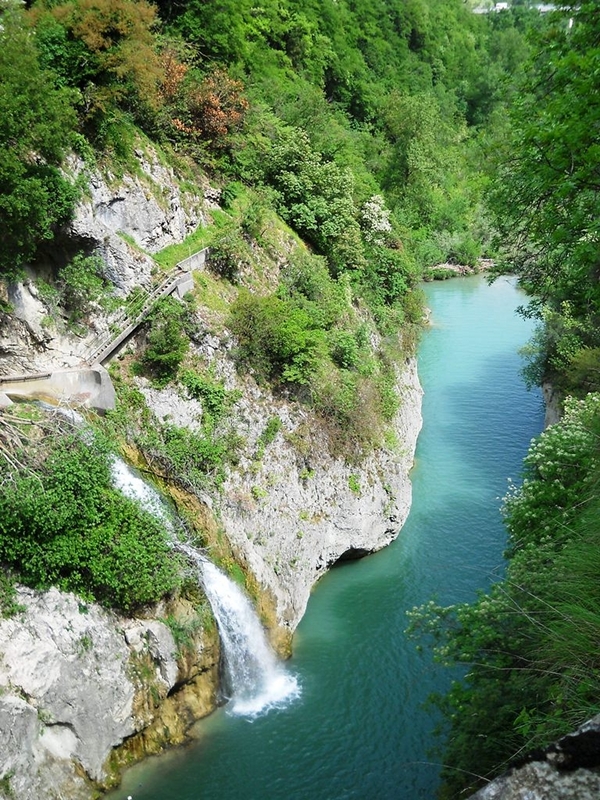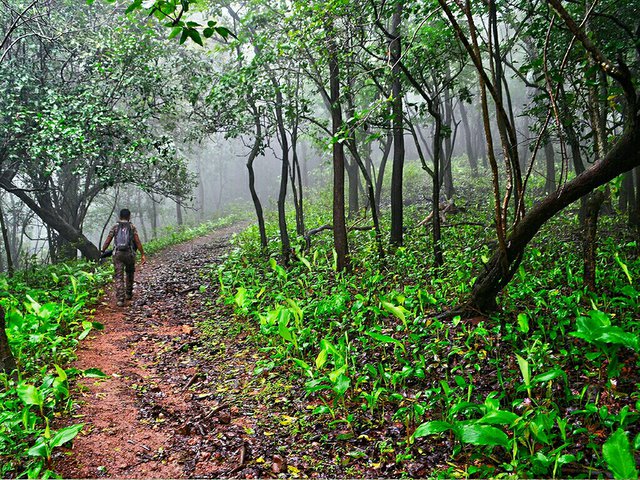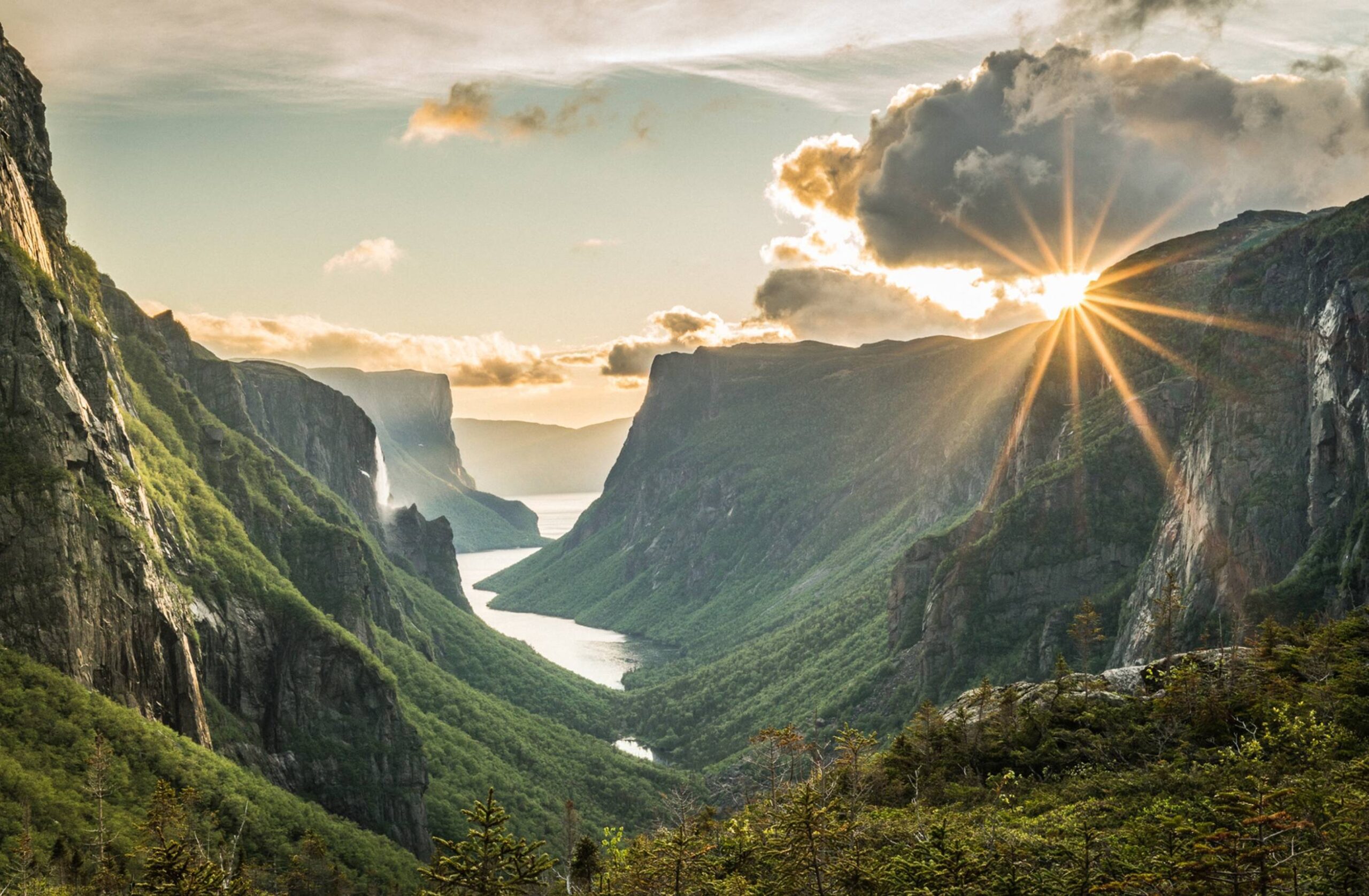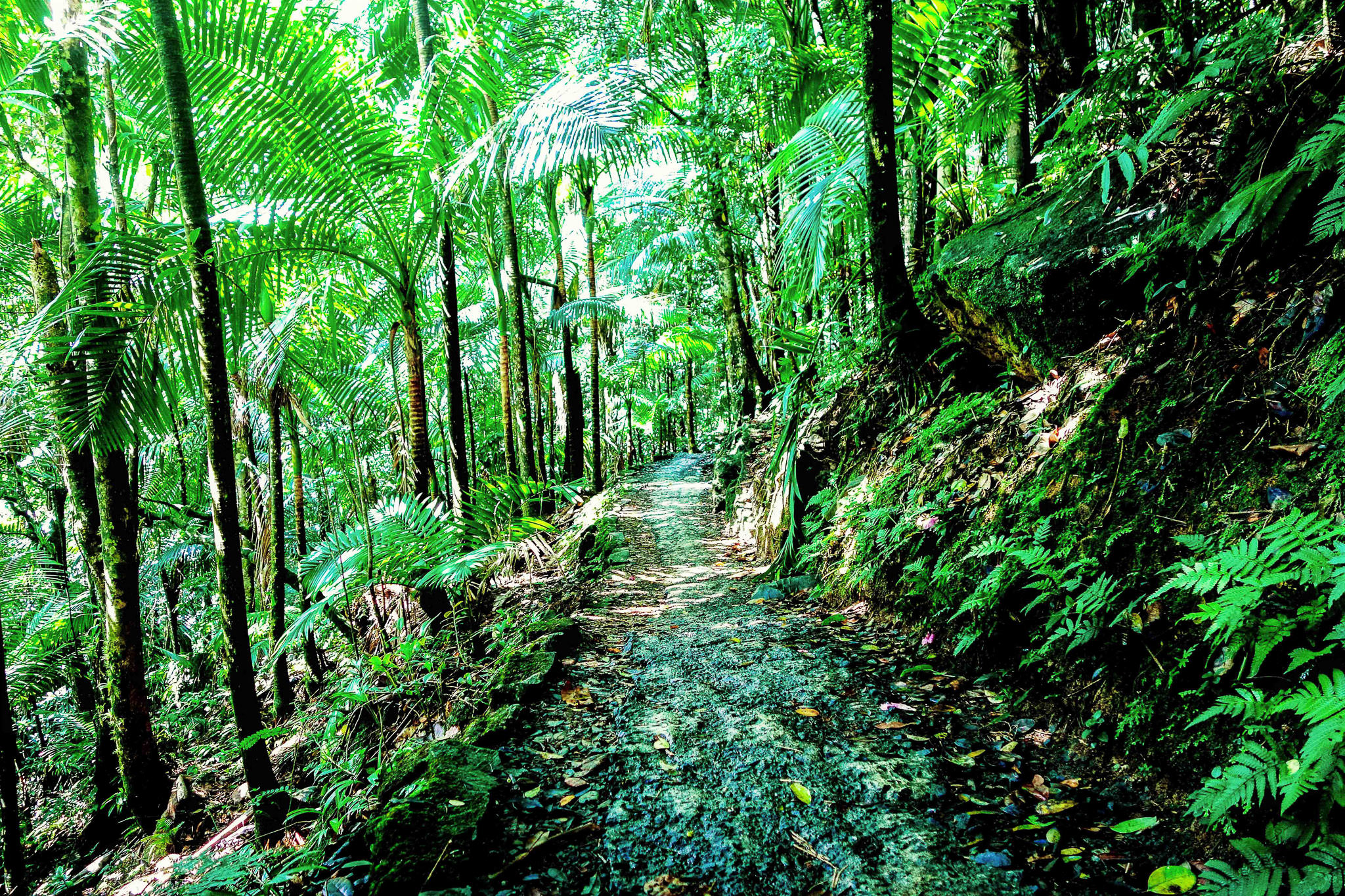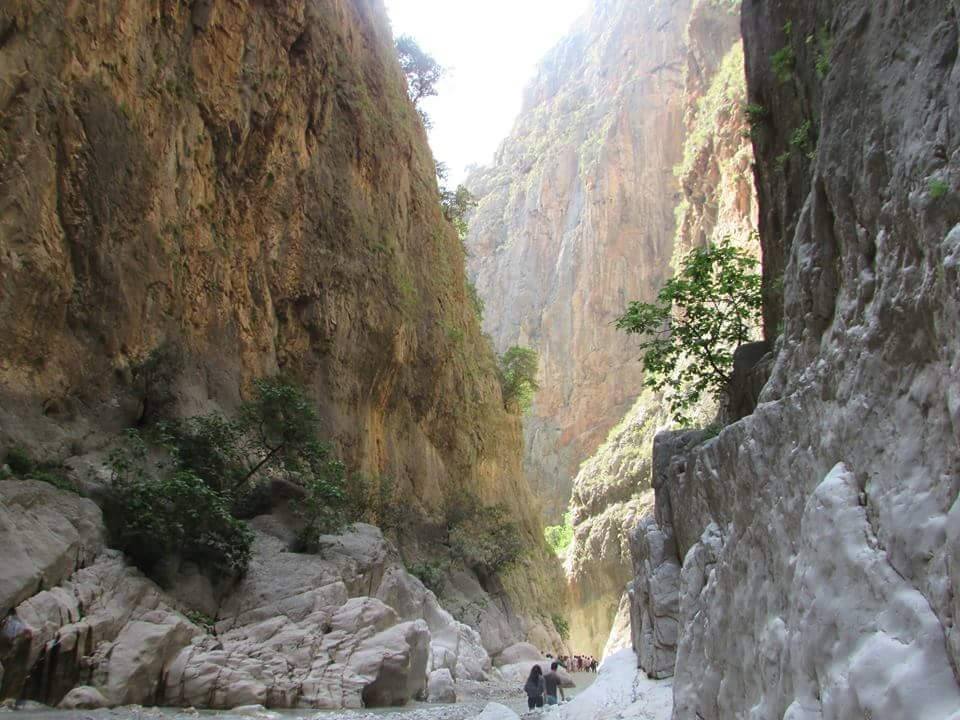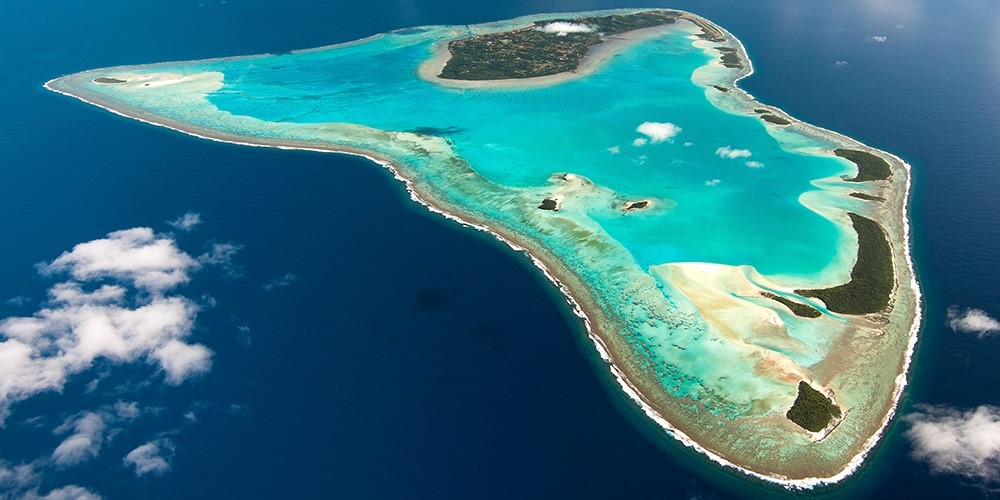The Furlo Pass is located in the province of Pesaro, on National Road No. 3 Flaminia, 35 km from Fano and 248 km from Rome. It has great historical fame for the grandiose works that the Etruscans first and the Roman consuls and emperors later did there (walls, rock cuts, tunnels) and for having been at all times the scene of great battles.
he landscape is striking, picturesque and wild. The rock walls of the Pietralata and Paganuccio mountains, produced by the erosion of the waters of the Candigliano, rise hundreds of meters above a green pond and form the characteristic Furlo Gorge with its unique alpine appearance and charm, which rightfully places it among the major attractions of central Italy. The waters of the Candigliano River flow a short distance into the historic Metauro River, which commemorates the defeat and death of Hasdrubal. The locality takes its name from Forulus, that is, the great Roman tunnel opened in 76 A.D. by Emperor Vespasian within which the Flaminian road still passes. Not far away are the Abbey of San Vincenzo known as Petra Pertusa (very ancient name for Furlo), a precious work of Romanesque style from the 5th century, and the Sanctuary of Pelingo (1820). Worthy of attention is the traditional quarrying and working of stone taken care of by skilled local artisans. Fossils and minerals are also extracted from the quarries, which arouse scientific interest and are an element of curiosity for tourists. A few kilometers away, the ancient village of Acqualagna is known as an area of production and market of the finest truffles in ltaly: the appointment for gourmets is at the National Truffle Fair (first fortnight of November).
The landscape and morphology of the Furlo Gorge make it possible to reconstruct Italy’s geological history from more than 200 million years ago: its rocks illustrate, like an open-air atlas, the main formations of the Umbria-Marches Apennines.
The walls of the Gorge are formed by the oldest rocks belonging to the Massive Limestone formation, while climbing Mount Pietralata one can observe all the higher formations such as: the Corniola, the Ammonite Red (much sought after by fossil lovers), the Nodular Limestones, the Majolica and the Scaglia.
